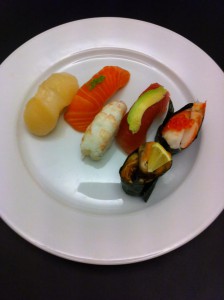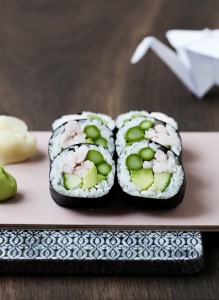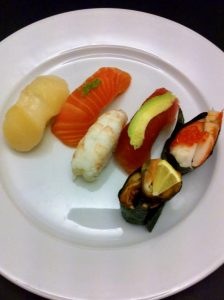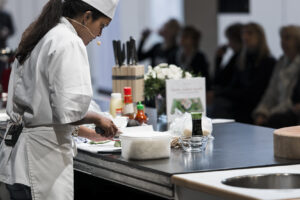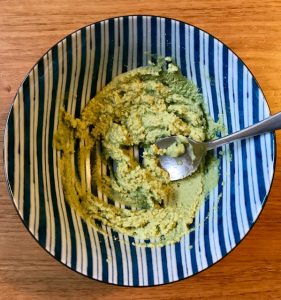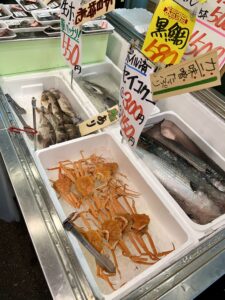Sushi seaweed is produced in the sea.
In autumn, seaweed grower in small boats sails out to sea. Small seaweed plants are attached to the mesh and lowered just below sea level. Here the seaweed is allowed to grow at its own pace until spring. When the seaweed plants are approx. 20 cm long, they are ready to be harvested.
Small boat sails out to sea and the seaweed grower picks up the many mesh nets on board. The boats sail directly to the seaweed factory which is right next to the coast. Seaweed is filled in large plastic containers and poured directly into large containers that wash and clean the seaweed. Air is supplied to make the mass softer. The seaweed must go through several processes, where it is both cleaned and chopped into smaller pieces.
Once the tongs have been given the right consistency, the tongs poured into, long in square shapes and air-dried by several rounds. Before the final forceps are fine-sorted, the forceps are checked for microscopic irregularities that cannot be seen with the eye.
The tongs are then divided into grades and packed in airtight packaging.
Read more about Sushi course for beginners
_
Zoë has lectured and held sushi courses for A. P. Moller – Maersk, Hugo Boss Nordic, Novo Nordisk, Novartis, Velux, Gorrissen Federspiel, Beierholm revision, Elbek & Vejrup and many more.


